Social isolation is both a phrase and an experience that has defined the past year in the wake of the global Covid-19 pandemic. Jared Ragland’s ongoing photographic travelogue, What Has Been Will Be Again: Photographic Meditations on Social Isolation in Alabama, expressly evokes the loneliness that has characterized this period; solitary subjects inhabit these frames, and many images in the series are devoid of people altogether. One can imagine the photographer, alone, navigating deserted landscapes with only a camera as his companion, documenting the recent ravaging of the public sphere. Yet, while the theme is certainly au courant, What Has Been features subjects for whom social isolation is nothing new. This body of work, instead, makes a case for a long history of isolation and alienation in the artist’s home state—one that has exacted a costly human toll.
In this photographic survey that began in the fall of 2020, Ragland has been working his way across Alabama following historical routes from America’s colonial era, documenting individuals and communities whose existence has been practically defined by economic and geographic isolation. The series features landscapes shot in tiny rural towns plagued by generational poverty and the exploitation of the environment, as evidenced by dispossessed storefronts (York; Bridgeport), homes (Cordova), and infrastructure (Hollywood). Ragland also makes visible the often-overlooked inhabitants of these neglected places by producing powerful portraits of lone individuals. The backlit Michael Farmer holds up a translucent sheet of plastic to the camera, which renders the African American subject as a silhouette and separates him from the viewer’s gaze, perhaps symbolically visualizing the dehumanization and segregation that African Americans continue to suffer. Sharp value contrast and a low vantage point lend a heroic nature to the subject of Kevin, a stubbled man with furrowed brow who looks off into the distance while moving a heavy load alone. In Payton, a shirtless, tattooed young man makes soulful eye contact with the camera while wrapping his arms around his own body—whether to ward off the chill of a fall day or to provide self-consolation in lieu of another human’s caring embrace. As distant spectators, we can provide little assistance or solace, but Ragland seems to insist that the simple act of bearing witness to the loneliness is important. As the viewer travels alongside the photographer, moving through his weeks on the road and simultaneously through deep time thanks to historicizing captions, a creeping realization sets in: these subjects and spaces have been deliberately left to their own devices, to deteriorate or decay. Their isolation seems less accidental or temporal, and more a product of decades of willful neglect by a mainstream America only now starting to visualize what—and who—has been pushed out of our collective frame of vision.
The feeling is reinforced by the inclusion of images that speak to the forced marginalization of African Americans, Indigenous people, and members of the LGBTQ+ population in Alabama’s past and present. Hauntingly quiet photographs accompanied by meticulously researched captions catalog sites of injustice, at once mirroring and challenging the silence of historical narratives that, for so long, have failed to speak the names, dates, and places of such raucous violence. Photographs like Jefferson County, Alabama—visualizing an ancestral home of Alabama’s First People, now replaced by a sewage plant—evoke notions of Indigenous exile, erasure, and abuse. The captions for a series of images from Carbon Hill discuss the town’s long history of terror and harassment toward people of color and the LGBTQ+ community, while the photographs themselves reflect the white nationalism that embodies exclusionary politics today. Yet the people and scenery seen here are, themselves, set apart from any sense of community; they are both complicit in and victims of cultural isolation.
The great paradox of What Has Been is that it visualizes the very real social isolation that has had tangible consequences on the individuals and communities photographed, while simultaneously revealing connections across space, place, people, and time. In images subtly subversive to the overall aesthetic of loneliness, tree branches organically entwine, messages are exchanged via layers of lingering graffiti, power lines run alongside roads that stretch out toward the horizon. More overtly, by tying together events in Alabama’s centuries-long past with present-day issues, Ragland insists that it is impossible to view our current period outside of history. The confluence of the Covid-19 pandemic, Black Lives Matter movement, and seditious domestic terrorism marks our times as significant, but Ragland’s body of work shows that the isolation, socioeconomic inequalities, racism, and marginalization we’ve witnessed are not unprecedented. What Has Been speaks specifically to the mood of our moment while also asserting the timelessness of its theme of isolation by illustrating the perpetuated use of segregation and sequestration in service of the white supremacist myths of American individualism and exceptionalism. As viewers prepare to emerge from quarantine and rejoin in a “post-pandemic” society, Ragland asks us to bear witness to the people and places who cannot so easily shrug off the mantle of social isolation.
—Catherine Wilkins
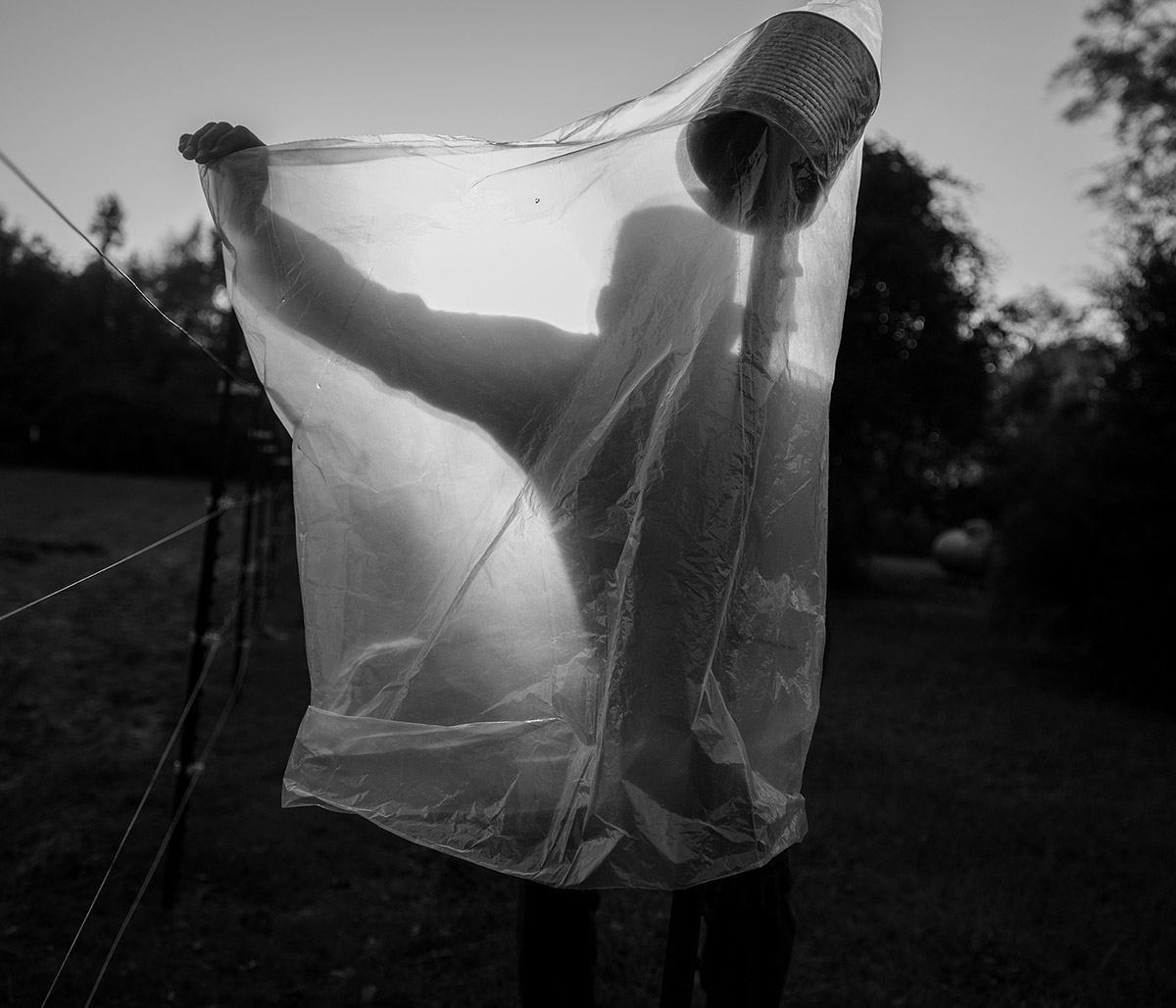
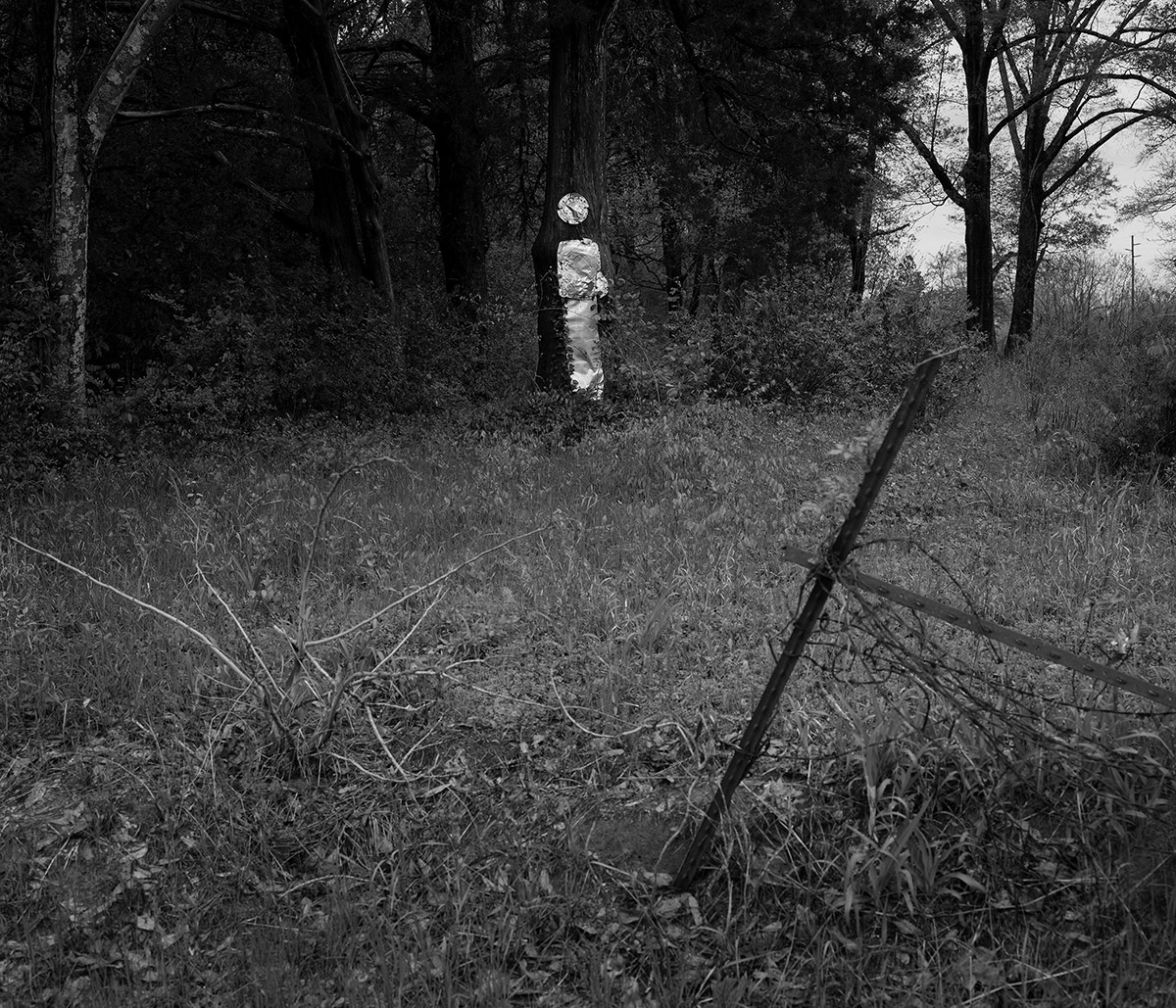
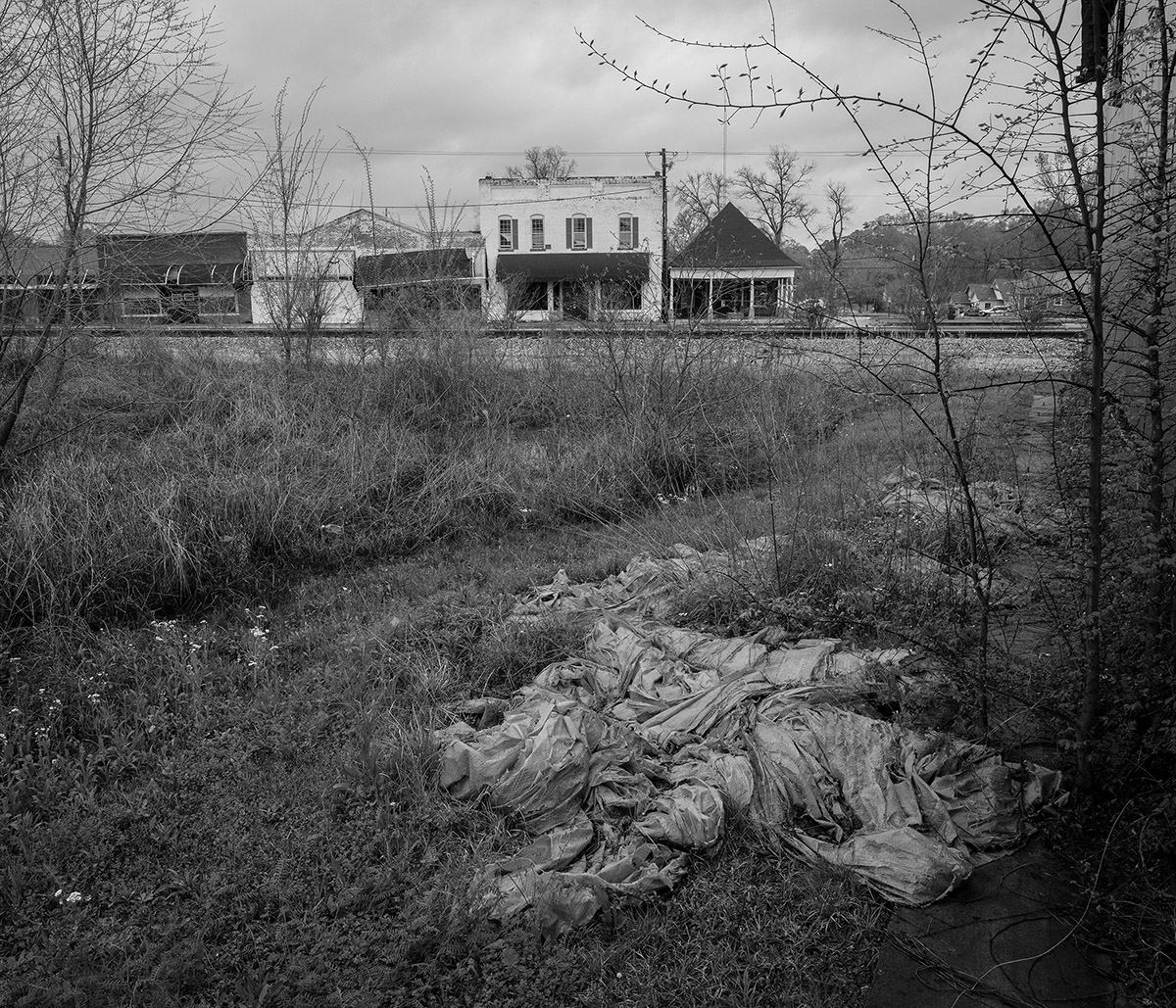
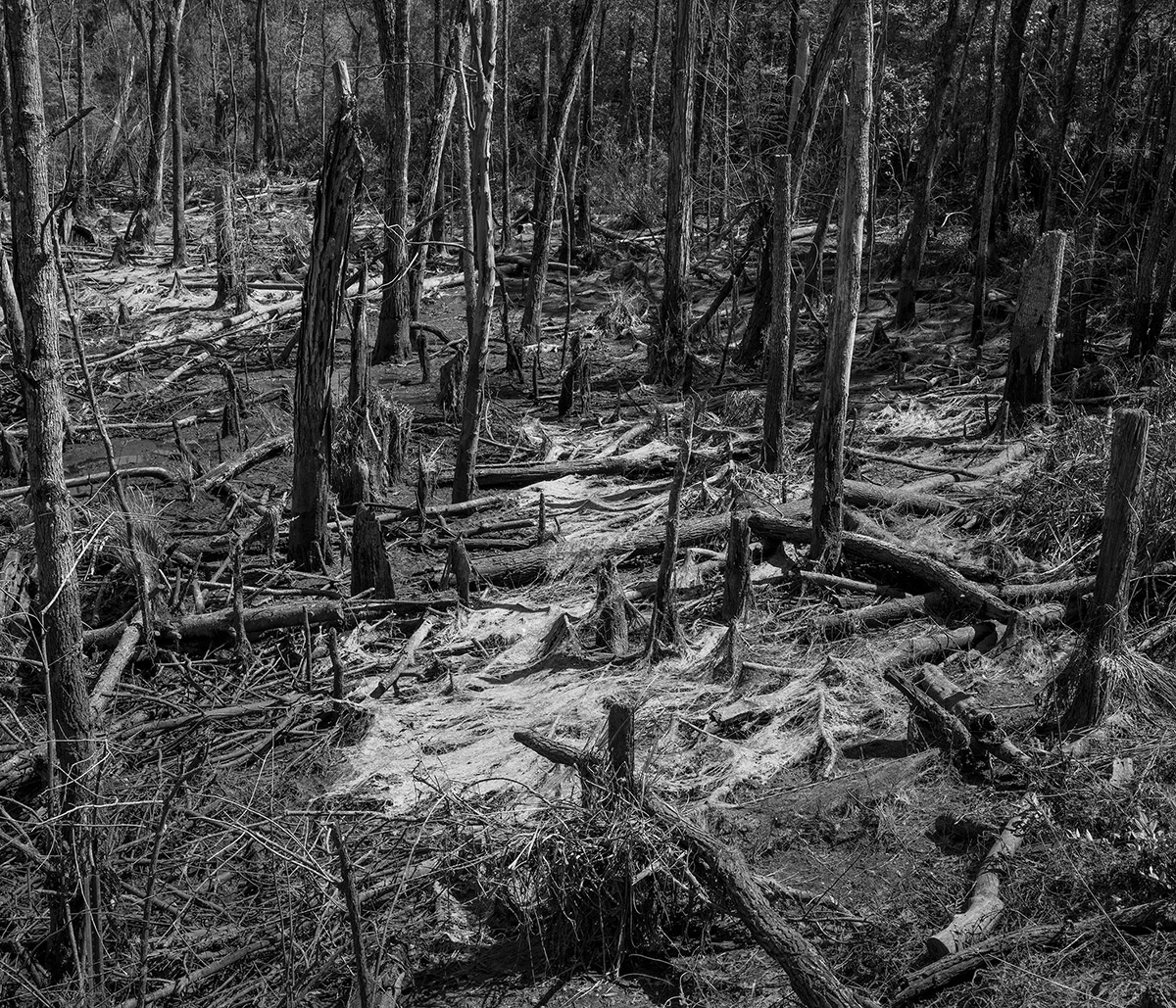
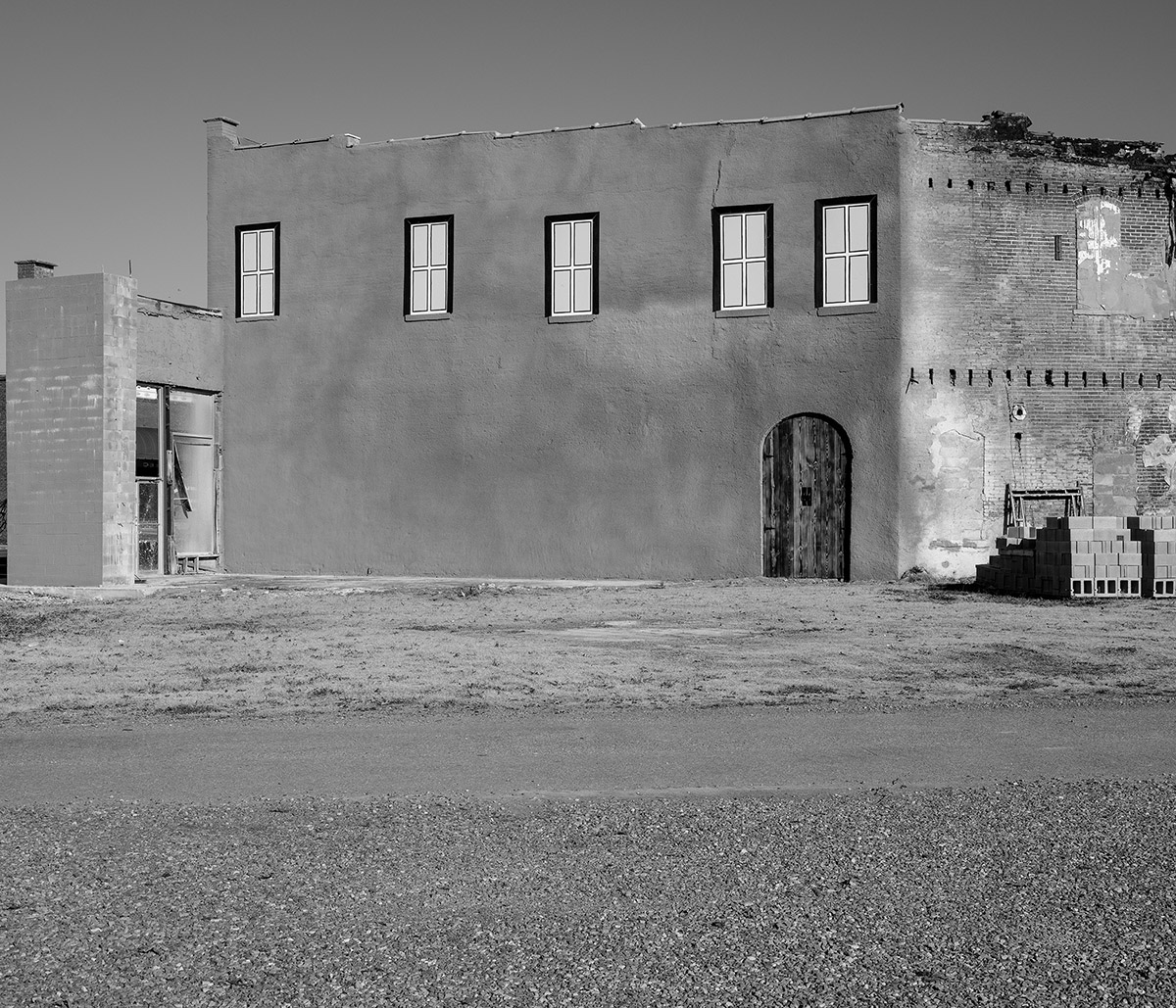

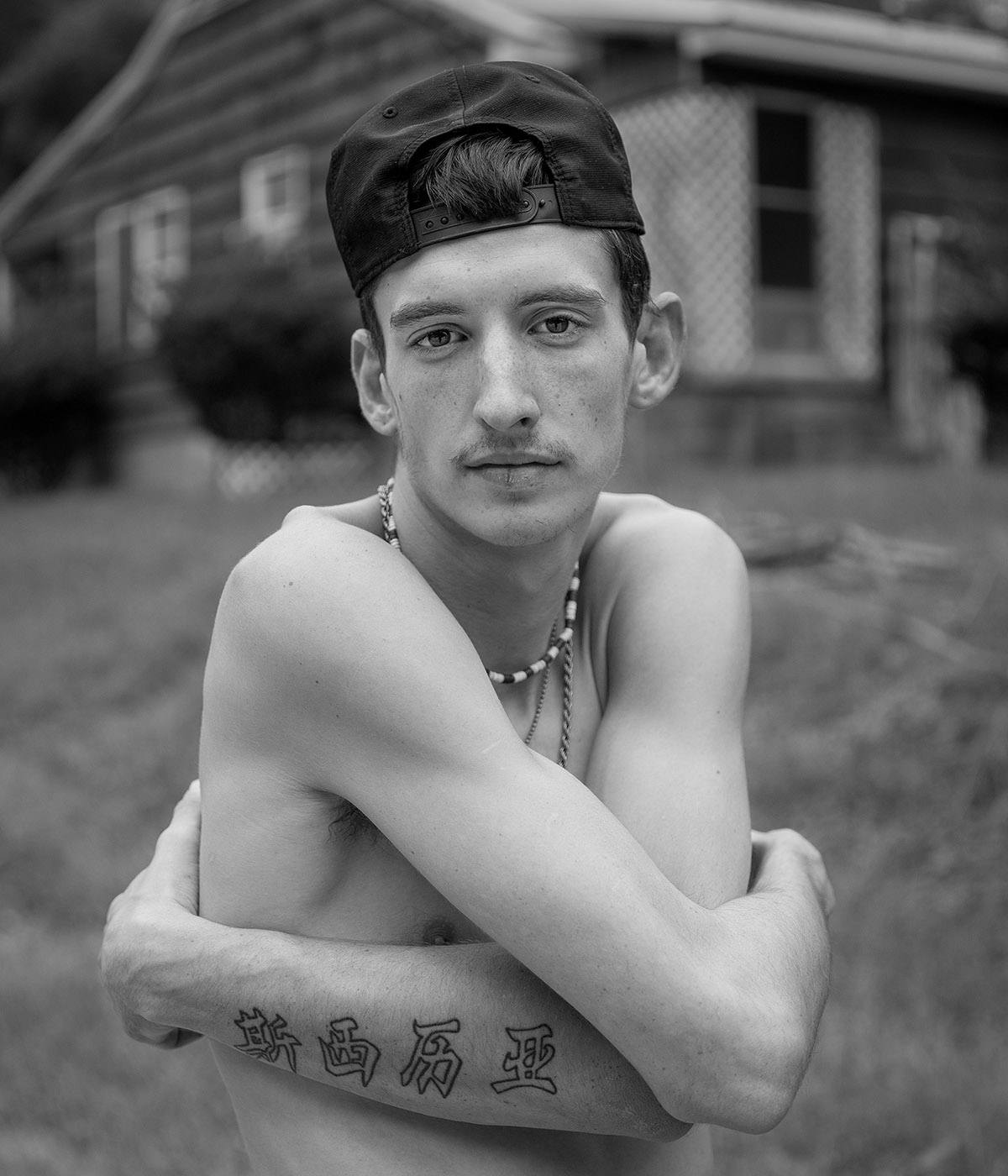
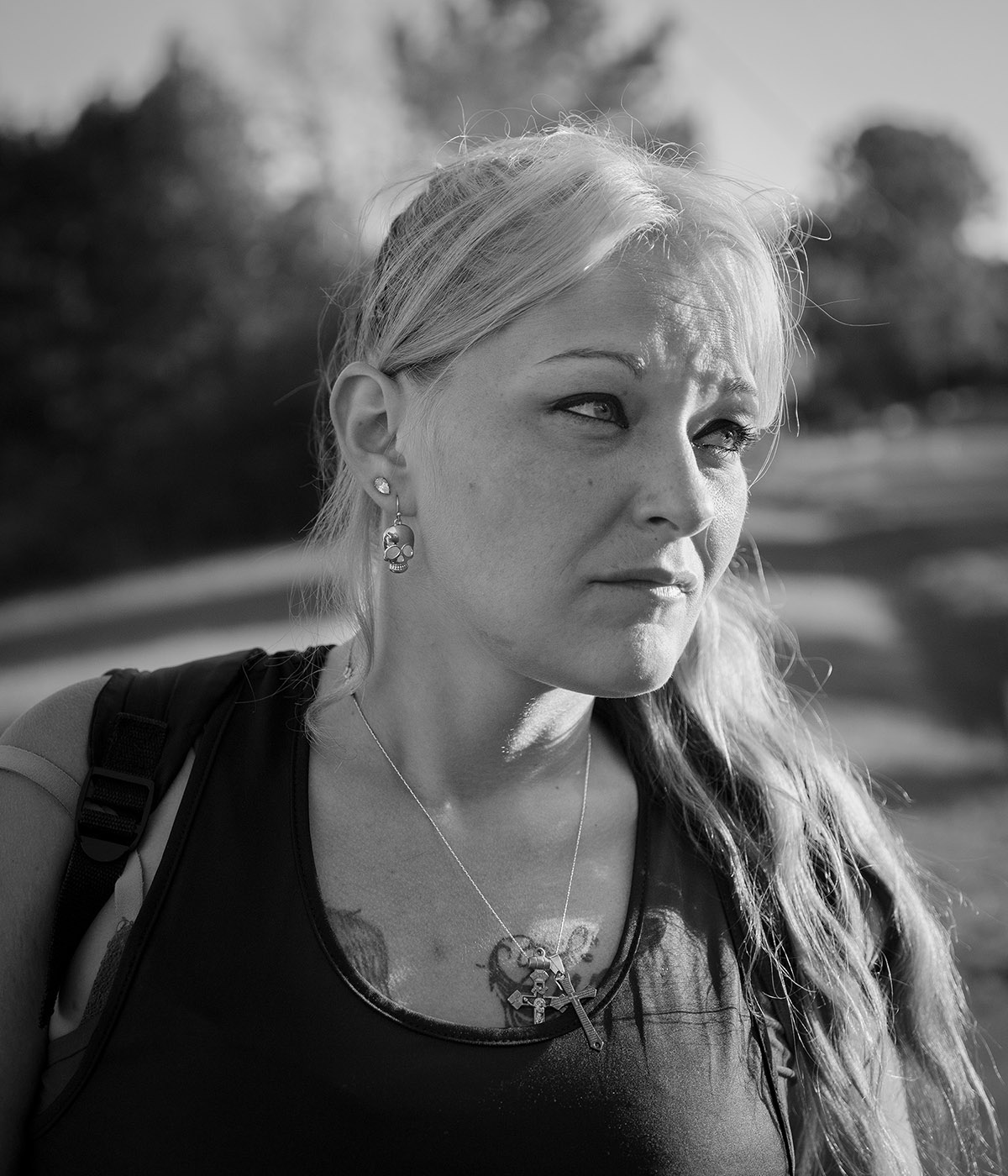
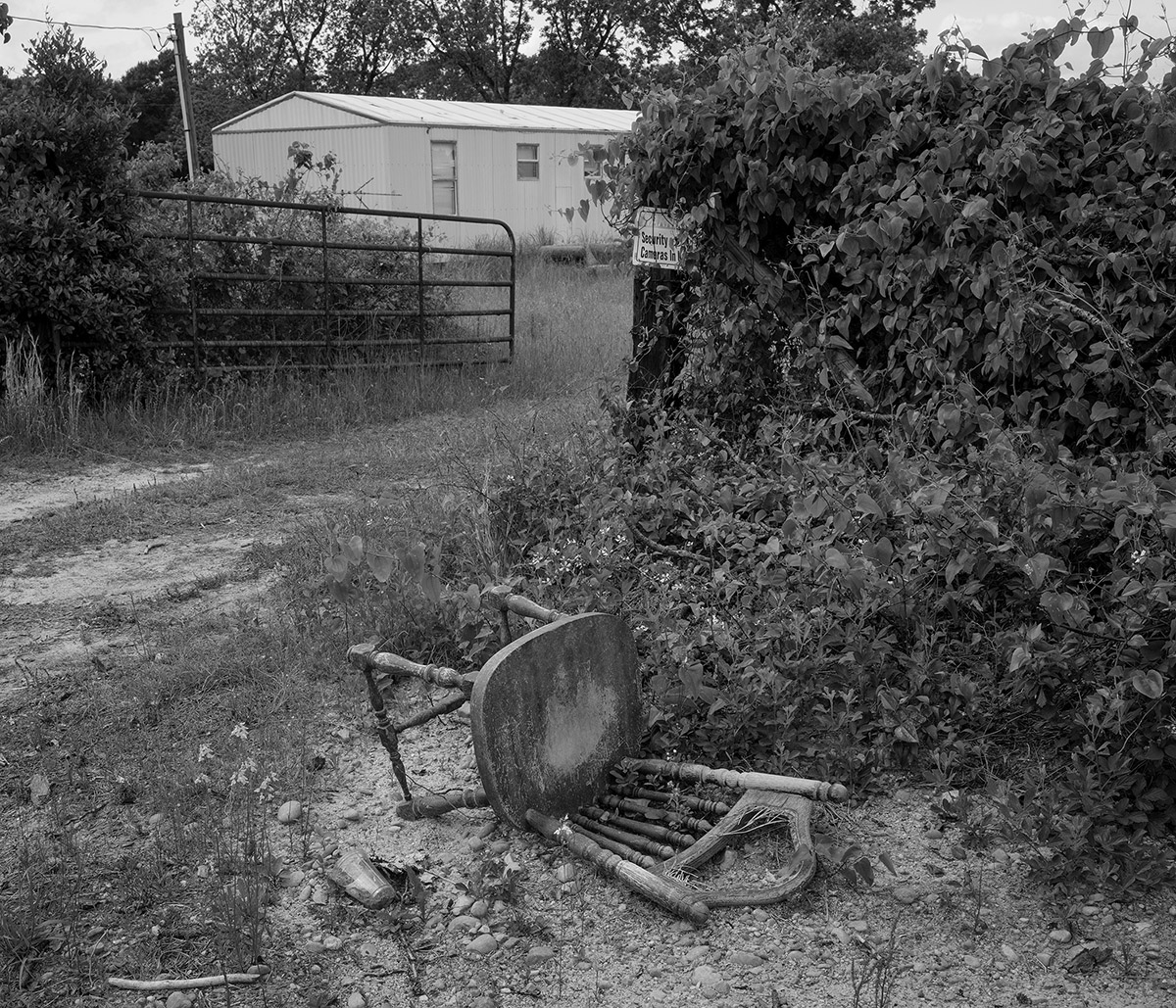










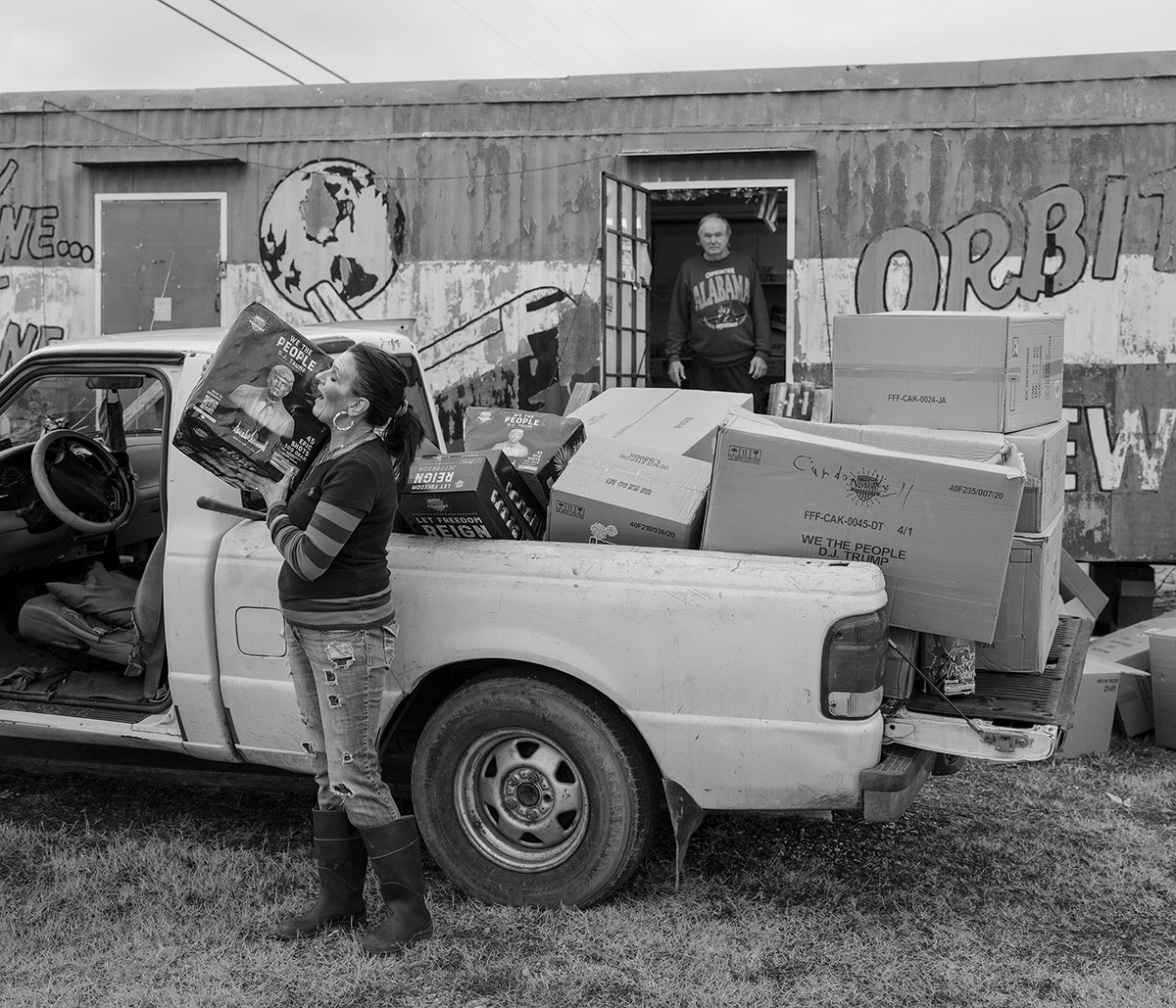




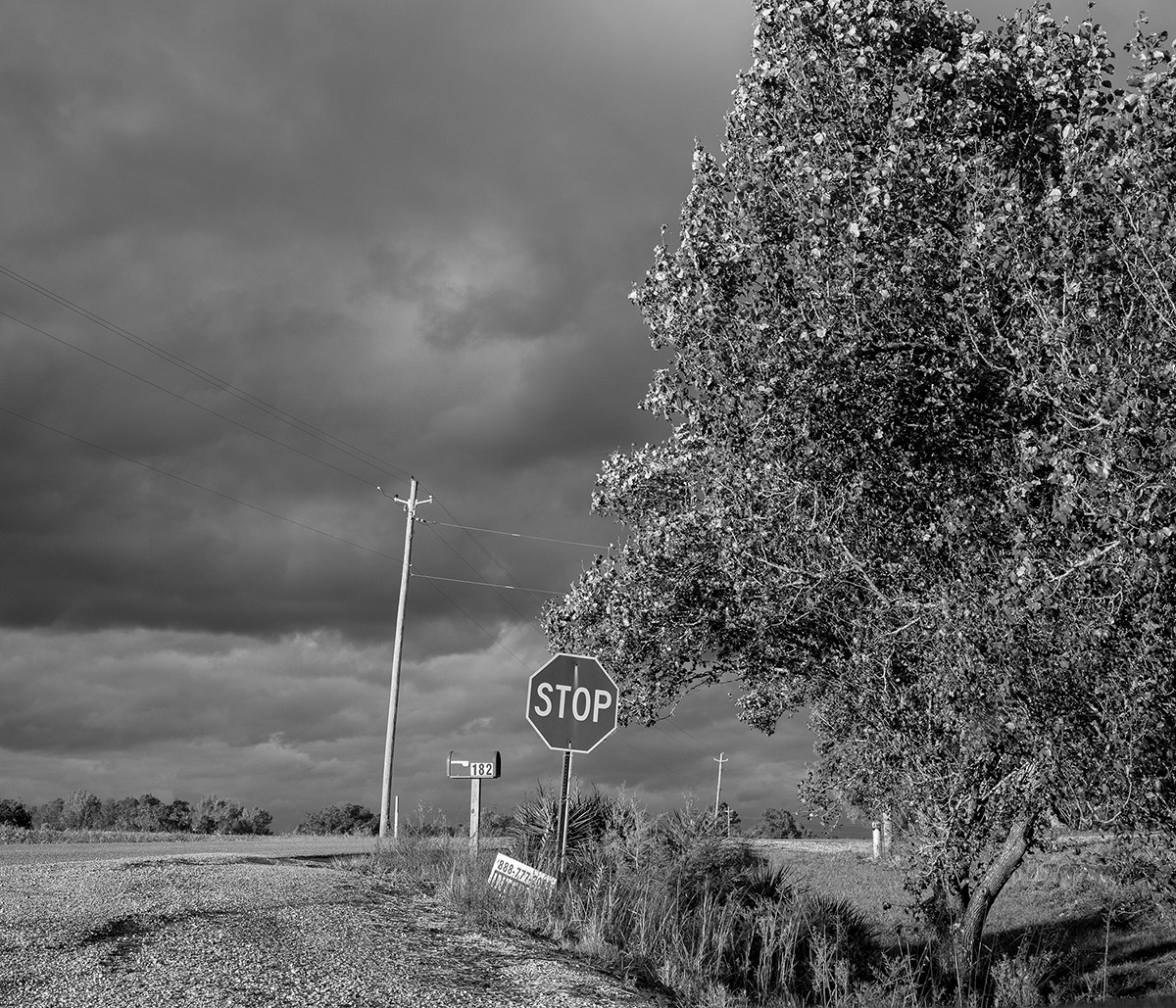
Alabama has known a deep and complex past. From Indigenous genocide to slavery and secession, and from the fight for civil rights to the championing of Trumpist ideology, the state has stood at the nexus of American identity. In many ways, the state has also played a pivotal role in the history of photography. Photographs made in Alabama by Lewis Hine, Walker Evans, Marion Post Wolcott, Gordon Parks, and William Christenberry, among others, have documented poverty, labor, civil rights, and rural life and in turn formed a kind of backbone of American documentary storytelling.
Now in a time of pandemic and protest, economic uncertainty, and political polarization—and within the contexts of the photographers who have come before—What Has Been Will Be Again has led me across more than fifteen thousand miles and fifty counties to survey Alabama’s cultural and physical landscape. The project aims to illustrate Alabama’s rich beauty and fraught history, contending with how perpetuated violence and injustices masked by white supremacist myths have made their mark across the landscape.
What Has Been Will Be Again is made with the generous support of a 2020–21 Do Good Fund artist residency grant, with additional funding by the Magnum Foundation, Coleman Center for the Arts, Wiregrass Museum of Art, and Alabama State Council on the Arts.
—Jared Ragland
Notes
- Nikole Hannah-Jones, “A Truth That Needs Telling,” Reconstruction in America: Racial Violence after the Civil War, 1865-1876. Equal Justice Initiative, 2020, accessed November 29, 2021, https://eji.org/report/reconstruction-in-america/.
- Max Garland et al., “African-Americans in the South Face New Barriers to Vote,” Voting Wars, News 21, August 20, 2016, accessed November 29, 2021, https://votingwars.news21.com/.
- Marianne Engelman-Lado et al., “Environmental Injustice in Uniontown, Alabama, Decades after the Civil Rights Act of 1964: It’s Time for Action.” Human Rights Magazine, May 21, 2021, accessed November 29, 2021, https://www.americanbar.org/groups/crsj/publications/human_rights_magazine_home/vol--44--no-2--housing/environmental-injustice-in-uniontown--alabama--decades-after-the/.
- US Census Bureau, “Sumter County, Alabama,” Census Reporter, 2019, accessed November 29, 2021, http://censusreporter.org/profiles/05000US01119-sumter-county-al/.
- US Census Bureau. “Classified Population of the States and Territories, by Counties, on the First Day of June, 1860,” accessed November 29, 2021, https://www2.census.gov/library/publications/decennial/1860/population/1860a-04.pdf.
- US Census Bureau, “Sumter County, Alabama,” Census Reporter, 2019, accessed November 29, 2021, http://censusreporter.org/profiles/05000US01119-sumter-county-al/.
- Dave Flessner, “Judicial Watch Sues to Get Records about Former Trump Lawyer’s Possible Lobbying for Bellefonte Loan Guarantee,” Chattanooga Times Free Press, November 7, 2018, accessed November 29, 2021, https://www.timesfreepress.com/news/business/aroundregion/story/2018/nov/07/doe-sued-records-trump-lawyer-lobbying-bellef/482631/.
- US Census Bureau, “Uniontown, Alabama,” Census Reporter, 2019, accessed November 29, 2021, https://censusreporter.org/profiles/16000US0177904-uniontown-al/.
- Azita Amiri, “Have They Been Forgotten? A Look at Uniontown, Alabama.” Alabama State Nurses Association, May 18, 2017, accessed November 29, 2021, https://alabamanurses.org/2017/05/forgotten-look-uniontown-alabama/.
- US Census Bureau, “Carbon Hill, Alabama,” Census Reporter, 2019, accessed November 29, 2021, https://censusreporter.org/profiles/16000US0112016-carbon-hill-al/.
- Allan James Vestal et al., “Alabama Presidential Results,” Politico, last updated January 6, 2021, accessed November 29, 2021, https://www.politico.com/2020-election/results/alabama/.
Bibliography
- Alabama Public Health Department. “Alabama Hazardous Waste Sites.” April 10, 2017. https://www.alabamapublichealth.gov/tox/hazardous-sites.html.
- Assunção, Muri. “Alabama Mayor Recommends ‘Killing’ of LGBTQ People in Facebook Post.” New York Daily News, June 4, 2019. https://www.nydailynews.com/news/national/ny-alabama-mayor-killing-lgbtq-people-20190604-qax3x6iufrdzvdy7huzdzbx5em-story.html.
- Brannon, Peter A. “Fort Bainbridge, In Russell.” Montgomery Advertiser. April 17, 1932. https://digital.archives.alabama.gov/digital/collection/voices/id/6796/rec/1.
- Carter, Dan T. The Politics of Rage: George Wallace, the Origins of the New Conservatism, and the Transformation of American Politics. New York: Simon & Schuster, 1995.
- Curtin, Mary Ellen. Black Prisoners and Their World, Alabama, 1865–1900. Charlottesville:University Press of Virginia, 2000.
- Edgemon, Erin. “Reinventing Cordova, 5 Years after 2 Tornadoes Destroyed Its Downtown.” May 18, 2019. https://www.al.com/news/2016/04/reinventing_cordova_5_years_af.html.
- Engelman-Lado, Marianne et al. “Environmental Injustice in Uniontown, Alabama, Decades after the Civil Rights Act of 1964: It’s Time for Action.” Human Rights Magazine, 44, no. 2, (May 21, 2021): https://www.americanbar.org/groups/crsj/publications/human_rights_magazine_home/vol--44--no-2--housing/environmental-injustice-in-uniontown--alabama--decades-after-the/.
- Flessner, Dave. “Judicial Watch Sues to Get Records About Former Trump Lawyer’s Possible Lobbying for Bellefonte Loan Guarantee.” Chattanooga Times Free Press. November 7, 2018. https://www.timesfreepress.com/news/business/aroundregion/story/2018/nov/07/doe-sued-records-trump-lawyer-lobbying-bellef/482631/.
- Greer, Caroline. “Echota Cherokee Tribe of Alabama.” Encyclopedia of Alabama. October 26, 2020 http://www.encyclopediaofalabama.org/article/h-4229.
- Hannah-Jones, Nikole. “A Truth That Needs Telling.” Reconstruction in America: Racial Violence after the Civil War, 1865–1876. Equal Justice Initiative, 2020. https://eji.org/report/reconstruction-in-america/a-truth-that-needs-telling.
- Hawkins, Derek. “For Sale: Multibillion-Dollar, Non-working Nuclear Power Plant, As Is.” Washington Post. September 12, 2016. https://www.washingtonpost.com/news/morning-mix/wp/2016/09/12/for-sale-5-billion-non-working-nuclear-power-plant-as-is/.
- IPUMS. National Historical Geographic Information System. https://www.nhgis.org/. Letwin, Daniel. “Interracial Unionism, Gender, and ‘Social Equality’ in the Alabama Coalfields, 1878–1908.” Journal of Southern History, 61, no. 3 (Aug. 1995), 519–54.
- National Association for the Advancement of Colored People. Thirty Years of Lynching in the United States, 1889–1918. New York: Negro Universities Press, 1969.
- National Weather Service. “Cordova Tornado.” April 27, 2011. https://www.weather.gov/bmx/event_04272011cordova.
- Oakville Indian Mounds Education Center. “Historical Overview.” https://oakvilleindianmounds.com/.
- Rogers, William et al. Alabama: The History of a Deep South State. Tuscaloosa: University of Alabama Press, 1994.
- Spencer, Thomas. “Mining Proposal Splits Alabama Coal Town of Cordova.” January 14, 2019. https://www.al.com/spotnews/2010/08/mining_proposal_splits_an_alab.html.
- Thornton, William. “Carbon Hill Mayor Resigns after Facebook Post Over Black Lives Matter.” Birmingham News. June 28, 2020. https://www.al.com/news/birmingham/2020/06/carbon-hill-mayor-resigns-after-facebook-post-over-black-lives-matter.html.
- Tullos, Allen. “The Black Belt.” Southern Spaces. April 19, 2004. https://southernspaces.org/2004/black-belt.
- US Census Bureau. “US Census Website.” https://www.census.gov/.
- University of Alabama Museums. “The Bessemer Site.” Alabama Indigenous Mound Trail/. https://alabamamoundtrail.org/mound-site/bessemer/
- Vollers, Anna Claire. “Alabama’s Dinosaur Adventure Land Teaches That Evolution Is ‘Dumbest Religion in the History of the World.’” February 22, 2019. https://www.al.com/news/2018/09/alabamas_dinosaur_adventure_la.html.
- Walker County Heritage Book Committee. The Heritage of Walker County, Alabama. Clanton, AL: Heritage Publishing Consultants, 1999.
- Wood, Amy. Lynching and Spectacle: Witnessing Racial Violence in America, 1890–1940. Chapel Hill: University of North Carolina Press, 2009.

